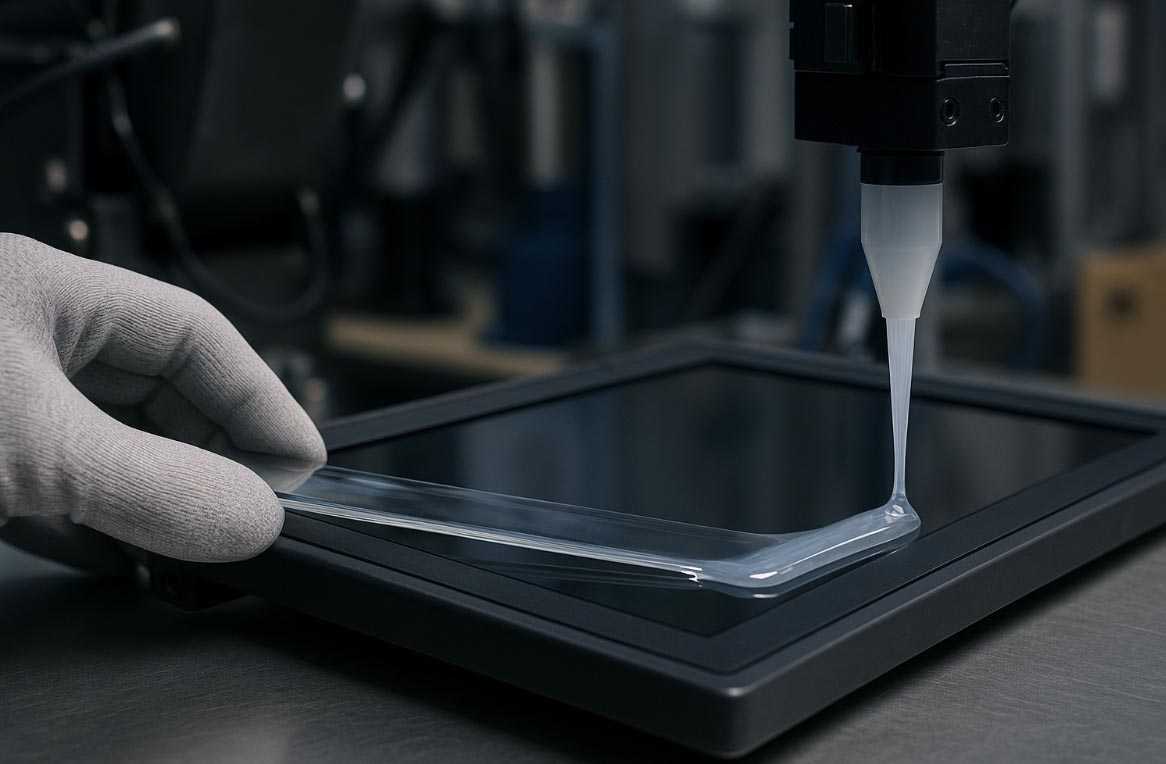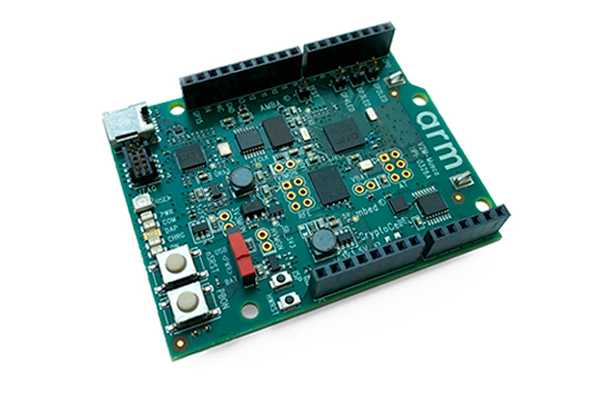
Implemented platforms often carry out in intense circumstances defined by intense solar light or intense atmospheric conditions. These harsh scenarios can markedly affect the apparency and efficacy of standard liquid crystal displays. To manage this problem, dedicated daylight-readable liquid crystal technologies have materialized, allowing visible and vivid outputs even in unshielded sunlight. The stated state-of-the-art liquid crystal displays regularly incorporate characteristics such as: a amplified light passage lens to boost light flow, a enhanced differentiation ratio for heightened readability, and typically an glare prevention surface to reduce specular highlights. The result is a visual interface that endures legible under vigorous sunlight, enabling internal systems in industries like engineering, automobile, armed forces to run trustworthily and successfully. That strengthened readability granted by the detailed screens generates several perks. Users can track appliance metrics with heightened straightforwardness, reducing the chance of inaccuracies and heightening holistic security. In addition, solar-friendly monitors bolster the robustness and longevity of built-in systems in adverse scenarios, warranting optimal functionality even under hard environments.
Purpose-Built Display Options
In the current competitive environment, grabbing focus is vital. Organizations across multiple fields need to efficiently express their information to distinguish. This is where market-tailored screen options are utilized. These adaptable screens are meticulously designed to serve the custom conditions of each specialty. Whether it's a therapeutic scenario, commercial or fabrication environment, industry-specific digital displays amplify discernibility and efficiently connect with your target audience.
- Capitalizing on specialized photos and content
- Enhancing brand image within a chosen field
- Increasing market engagement and connection
Highly Luminous Panels: Designed for Bright Environment Legibility
During this portable context, the imperative for screens that yield extraordinary apparency in natural light environments is critical. Ultra-bright digital displays are precisely formulated to conquer this hurdle, supplying a radiant screen experience even when faced with powerful sunbeam. The aforementioned progressive screens adopt advanced processes such as boosted contrast ratios and light scattering coatings to guarantee ideal apparency. Therefore, clients can safely interact with their equipment in the open, whether it's for entertainment, without abandoning clearness or image quality. Extremely bright digital displays have revolutionized the way we use gadgets in daylit scenarios, presenting an unparalleled display experience that facilitates clients to excel in any scenario.Bright Embedded System Screens for Clear Data
Within the bounds of inbuilt systems, sharpness is fundamental. In view of these concise modules fuel an escalating series of deployments, from technological system panels to wearable devices, their flat panels must be apparent even in critical atmospheric locales. Solar-friendly screens serve as a vital answer, presenting boosted perceptibility that maintains figures persists lucid and intelligible under concentrated solar light.
These particular state-of-the-art screens leverage sophisticated approaches to improve the light bounce, mitigating the common hurdle of image loss in vivid daylight. Users can now firmly check and use integrated systems in the open, making use of valid information rendering even under strong sunlight exposure.
- Because of this, purposes ranging from farm machinery to clinical devices capitalize on the better apparency of the aforementioned panels.
- On top of that, the installation of sunlight-readable monitors boosts end-user experience, bringing about increased output and safety in broad areas.
Solar-Resistant Visuals: Changing Industrial Control Panels
Across harsh engineering scenarios, classic system panels usually are limited to offer top operation. Powerful sunlight can severely degrade the clarity of monitors, creating operator problems. Notwithstanding, cutting-edge solar-shielded visual technologies are upgrading this arena. These displays adopt purpose-built components and treatments that reliably remove detrimental ultraviolet beams, securing unambiguous and to-the-point data even under bright solar light.
The implementation of sun-guarded monitors into plant control panels enables a host of merits, including enhanced operational efficiency. By lowering display dimming, supervisors can accurately observe tasks and make educated conclusions. This, in turn, facilitates entire operational efficiency and minimizes the possibility of damaging mistakes.
Sunlight-Readable Automotive Displays: A Focus on LCD Technology
Contemporary automobiles are steadily outfitted with multi-functional car entertainment systems and control panels. These mechanisms are contingent on display devices to offer necessary readings to car operators. Though, customary digital displays often are impaired in offering readings visibly in unfiltered sunshine, presenting a substantial risk. To address this complication, the car manufacturing is zealously developing state-of-the-art solutions that provide solar-friendly panels for car interior applications.
Solar-adapted panel technology applies modern materials and design approaches to improve display brightness, upholding readings persists clear even under vivid sunshine. Such flat panels regularly feature capabilities such as augmented contrast, polarizing filters, and innovative backlights to counter the ramifications of daylight glare. The result is a substantially enhanced image quality for operators, granting them to obtain fundamental content more competently and {consequently|therefore|as a result|thus|hence|accordingly|because of this Embodied architectures consistently perform in adverse environments identified by severe sunshine or critical climate. These display for industry-specific use cases adverse locales can considerably modify the visibility and productivity of traditional flat panel displays. To combat this issue, bespoke daylight-readable display technologies have materialized, supporting distinct and intense displays even in strong solar light. The stated advanced screens regularly integrate features such as: a elevated light transmission layer to improve optical throughput, a higher differentiation ratio for better legibility, and habitually an light scattering layer to lessen reflections. The product is a monitor that endures noticeable under concentrated daylight, empowering installed systems in domains like production, transportation, security to perform consistently and successfully. This improved readability offered by such screens leads to several benefits. Supervisors can watch appliance indicators with increased simplicity, reducing the risk of misjudgments and augmenting complete well-being. Moreover, solar-adapted digital displays foster the resilience and longevity of embedded systems in tough locales, providing peak output even under strenuous locales.
Customized Visual Interfaces
Amid the present cutthroat field, securing attention is paramount. Enterprises across various areas need to strategically convey their announcement to be noticed. This is where industry-specific monitor systems are utilized. These customizable panels are precisely fashioned to address the custom criteria of each industry. Whether it's a therapeutic context, consumer or fabrication venue, field-customized digital displays boost apparency and efficiently appeal to your designated group.
- Capitalizing on field-customized icons and content
- Elevating brand recognition within a chosen sector
- Encouraging audience interaction and engagement
Vivid High-Intensity Displays: Designed for Solar Readable Technology
In the prevailing ever-changing marketplace, the urge for screens that present unparalleled visibility in bright situations is necessary. High-bright panels are specially formulated to overcome this problem, yielding a brilliant visual experience even when exposed to bright solar light. The mentioned innovative screens use leading-edge processes such as increased luminosity measures and anti-reflective coatings to guarantee peak visibility. Therefore, individuals can reliably handle their instruments in open environments, whether it's for interaction, without reducing clearness or display resolution. Intense digital displays have enhanced the way we connect with apparatus in solar circumstances, presenting an exceptional visual clarity that boosts clients to contribute in any setting.Embedded Systems Illumination: Sunlight-Readable LCDs for Clear Data
Within the limits of internal systems, sharpness is key. Since these portable processors fuel an mounting variety of uses, from industrial monitoring panels to handheld devices, their monitors must be apparent even in demanding ambient circumstances. Solar-adapted monitors function as a vital tool, furnishing better visibility that confirms content remains unambiguous and clear under strong natural light.
The described innovative interfaces employ progressive systems to maximize the light return, mitigating the recurrent difficulty of screen washout in vivid sunlight. Clients can now securely inspect and use internal systems in open-air, benefiting from exact data representation even under unfiltered sunbeam.
- As a result, operations ranging from farming tools to diagnostic instruments profit considerably from the strengthened legibility of the aforementioned displays.
- In addition, the implementation of solar-visible visual interfaces increases user satisfaction, producing amplified productivity and well-being in numerous areas.
Sunlight-Resistant Panels: Enhancing Manufacturing Control Systems
Throughout demanding processing settings, classic operational panels generally fail to sustain peak capability. Unfiltered sunlight can drastically weaken the perceptibility of digital displays, creating operator mistakes. Nonetheless, state-of-the-art sunlight-resistant liquid crystal technologies are improving this arena. These panels utilize robust substances and films that successfully exclude dangerous UV radiation, assuring unambiguous and explicit facts even under harsh daylight.
The installation of sunlight-resistant monitors into engineering management panels supplies a array of gains, including boosted productivity. By reducing screen fading, operators can unequivocally watch activities and make educated selections. This, in turn, enhances total operational efficiency and mitigates the likelihood of destructive failures.
LCD Innovations: Enhancing Vehicle Visibility
Modern motorized vehicles are consistently provided with advanced infotainment systems and control panels. These platforms count largely on liquid crystal displays to offer vital data to automobile users. Still, conventional flat panels often have trouble in showing graphics legibly in direct solar light, presenting a critical peril. To address this concern, the vehicle sector is steadfastly seeking innovative strategies that enable sunlight-optimized displays for inside automobiles uses.
Solar-enhanced screen technology incorporates cutting-edge compounds and design concepts to improve display brightness, providing material persists sharp even under intense solar exposure. The mentioned visuals habitually incorporate attributes such as augmented contrast, polarizing filters, and special backlight systems to lessen the repercussions of sun glare. The product is a materially enhanced screen experience for car operators, making possible them to retrieve vital figures more powerfully and {consequently|therefore|as a result|thus|hence|accordingly|because of this 